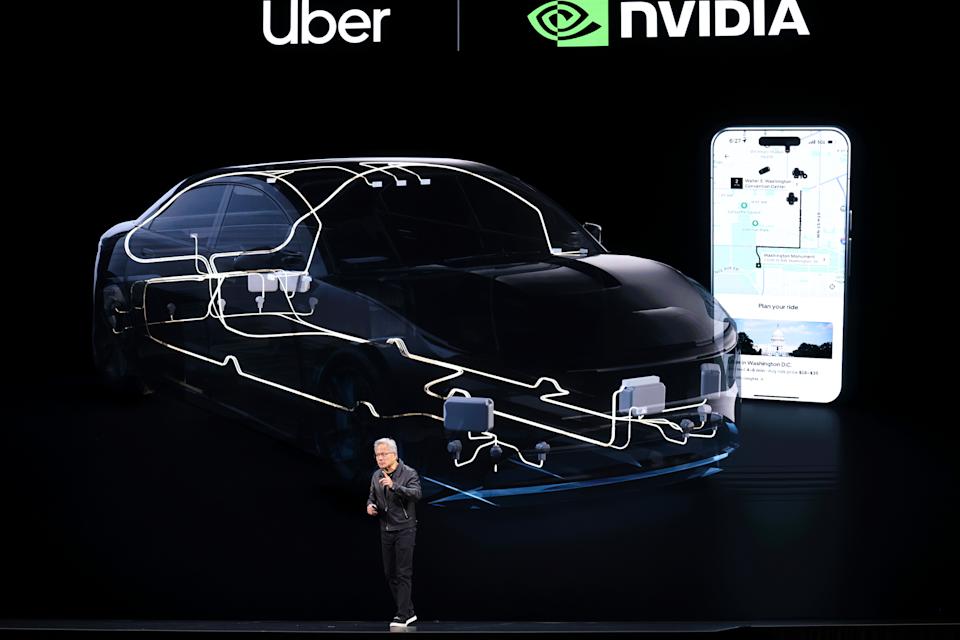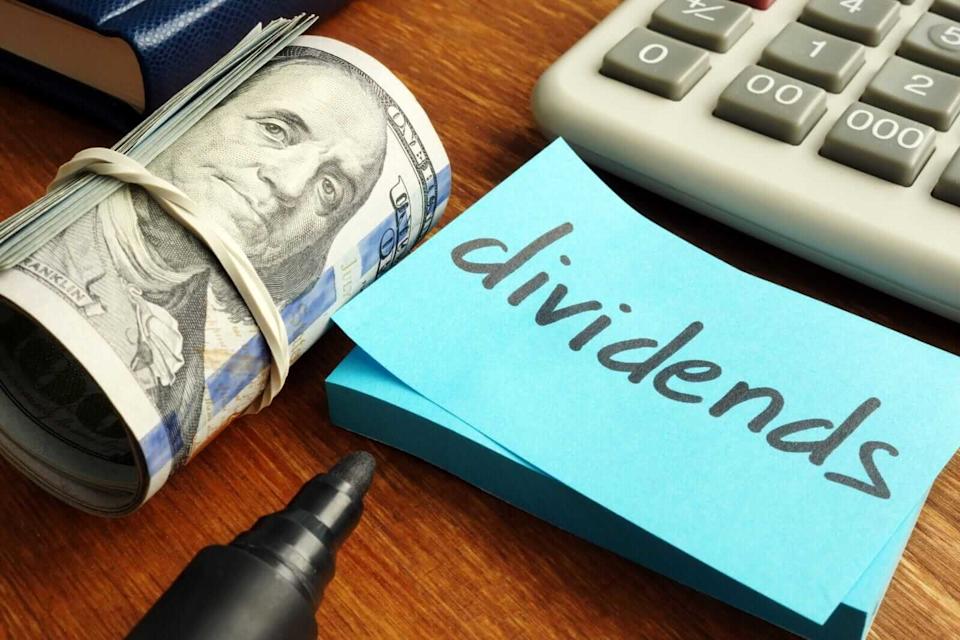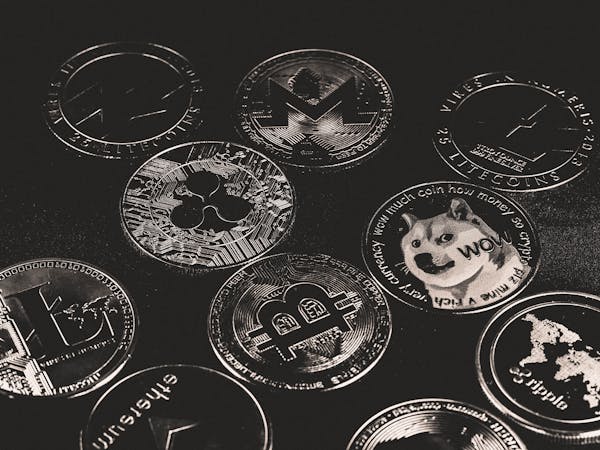Link copied
Uber stock dips despite strong Q3 earnings with Wall Street wanting more.
companies :: 2025-11-04 :: source - yahoo finance
By Pras Subramanian
Uber (UBER) reported strong third quarter results before the bell on Tuesday, but investors likely wanted more, sending the stock lower in pre-market trade. The results follow a wave of deals Uber has made in the autonomous space.
Uber reported Q3 revenue of $13.47 billion vs $13.26 billion estimated per Bloomberg consensus, a 21% jump from a year ago. Uber posted earnings per share (EPS) of $1.20 vs $0.70, with adjusted EBITDA coming in at $2.3 billion vs $2.27 billion, up 33%. Net income jumped to $6.6 billion, however $4.9 billion of that was due to a tax valuation benefit, not operations.
Uber’s Q3 monthly active platform consumers (MAPCs) hit 189 million vs. 184.1 million expected, up 17% year over year and topping estimates. Gross bookings jumped 21% to $48.7 billion, also better than the $48.96 billion expected.
Looking ahead, Uber said it projects Q4 gross bookings of $52.25 billion to $53.75 billion vs $52.33 billion estimated, and adjusted EBITDA of $2.41 billion to $2.51 billion vs $2.49 billion expected.
But Uber stock dropped 5% in pre-market trade. Uber shares were up 65% year to date prior to today's release.
"Uber’s growth kicked into high gear in Q3, marking one of the largest trip-volume increases in the company’s history,” Uber CEO Dara Khosrowshahi said in a statement. “We’re building on that momentum by investing in lifelong customer relationships, leaning into our local commerce strategy, and harnessing the transformative potential of AI and autonomy.”
Uber's third quarter also pushed forward how the company views its future — one that may be driverless.
Last week, Nvidia (NVDA) and Uber revealed that the two companies are partnering on what they described as the world's largest network of nearly autonomous (Level 4) cars.
 Nvidia president and CEO Jensen Huang delivers the keynote address
during the Nvidia GTC event at the Walter E. Washington Convention
Center on Oct. 28, in Washington, D.C. (Anna Moneymaker/Getty Images)
Nvidia president and CEO Jensen Huang delivers the keynote address
during the Nvidia GTC event at the Walter E. Washington Convention
Center on Oct. 28, in Washington, D.C. (Anna Moneymaker/Getty Images)
The partnership aims to build 100,000 vehicles beginning in 2027 using Nvidia's Drive AGX Hyperion 10 platform and Drive AV software.
Nvidia said this system and collection of sensors are designed to enable Level 4 autonomy. Interestingly, earlier this summer, Lucid (LCID) partnered with Uber on a robotaxi service that would use Lucid EVs summoned on Uber's platform.
The Lucid robotaxis would be powered by autonomous tech firm Nuro's (NURO.PVT) Level 4 driving software, which Lucid said it would use for its commercial robotaxis.
Looking deeper into the future, starting next year, Joby (JOBY), which bought Blade's passenger operations last month, will enable Uber users to book Blade helicopter and seaplane trips directly on the Uber app. Blade currently offers short helicopter rides as well as seaplane trips across various routes in the New York City metropolitan area and Southern Europe.
Uber and Joby working together is nothing new. The two companies have been collaborating since 2019, starting with a partnership on EVTOL (electric vertical takeoff and landing) technology. In 2021, Joby acquired Uber's Elevate unit, which was developing an "urban air mobility" product.
Pras Subramanian is Lead Auto Reporter for Yahoo Finance. You can follow him on X and on Instagram.
This week top market trends.
-
Latest Stock Pullback Shows How Stretched This Market Has Become
2025-11-05 :: stock :: bloomberg -
Fed expected to cut rates again, even as officials fly blind without data
2025-10-29 :: watchlist :: yahoo finance -
Musk expects Tesla's Full Self-Driving software to win full China approval in early 2026
2025-11-07 :: companies :: reuters -
Crypto’s Riskiest Tokens Plummet to Pandemic-Era Levels
2025-11-17 :: crypto :: bloomberg -
Alibaba revenue tops estimates with strong instant retail, AI push
2025-11-25 :: companies :: reuters
Recent global market news
-

With a 6.7% Yield and 27 Years of Dividend Hikes, Is This Stock a Buy Today?
1day ago :: :: barchart -

IQM Quantum Computers to invest more than 40 million euros in expanding Finland production site
2025-11-26 :: :: reuters



